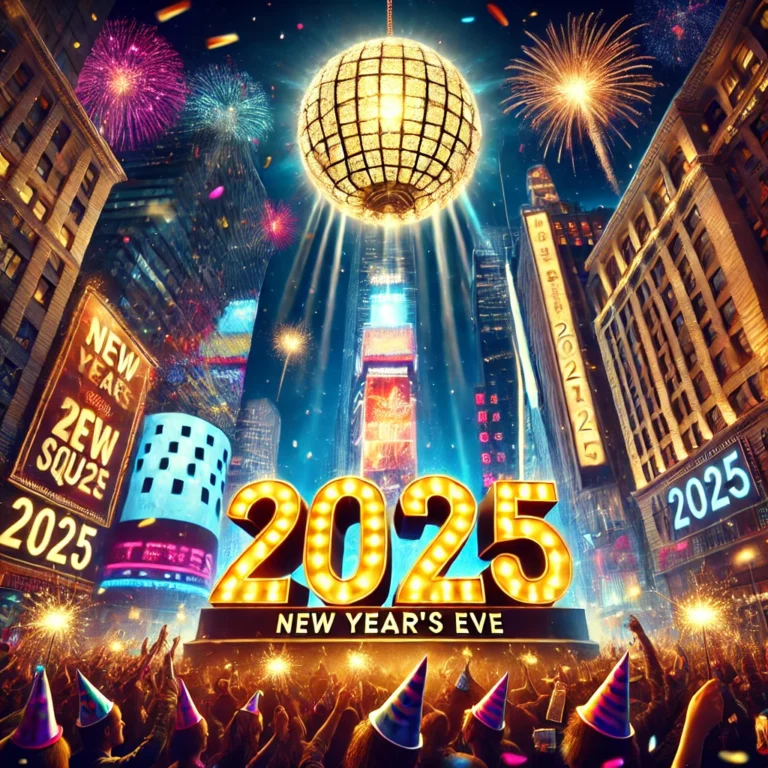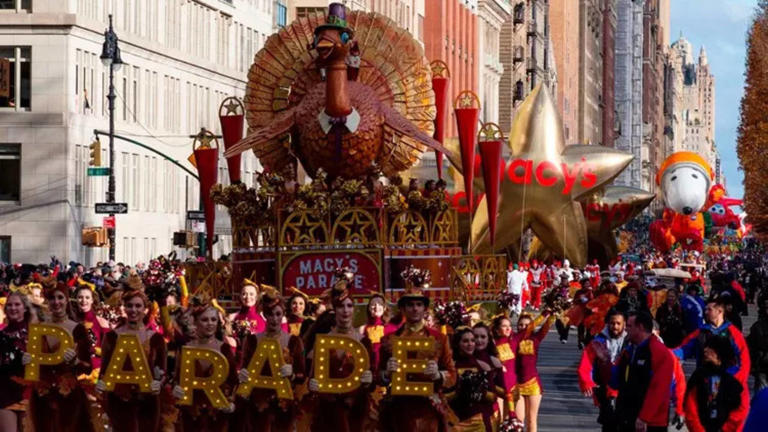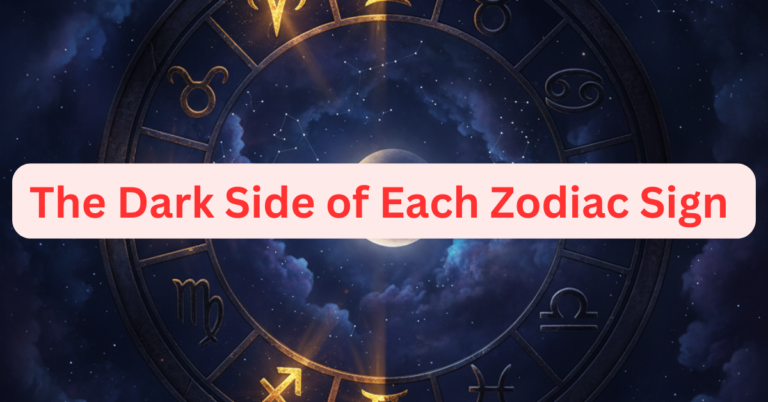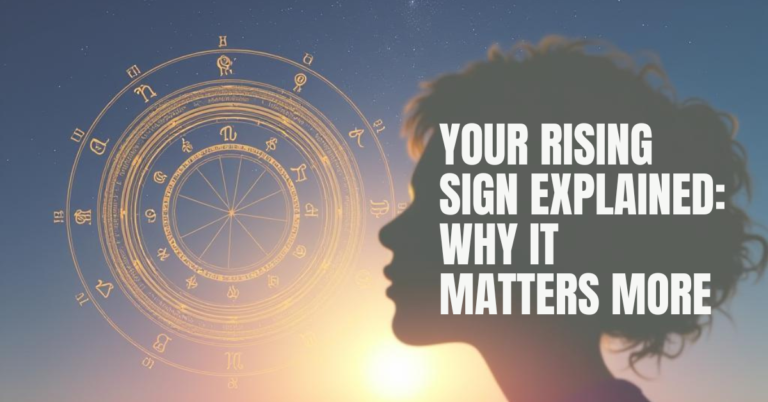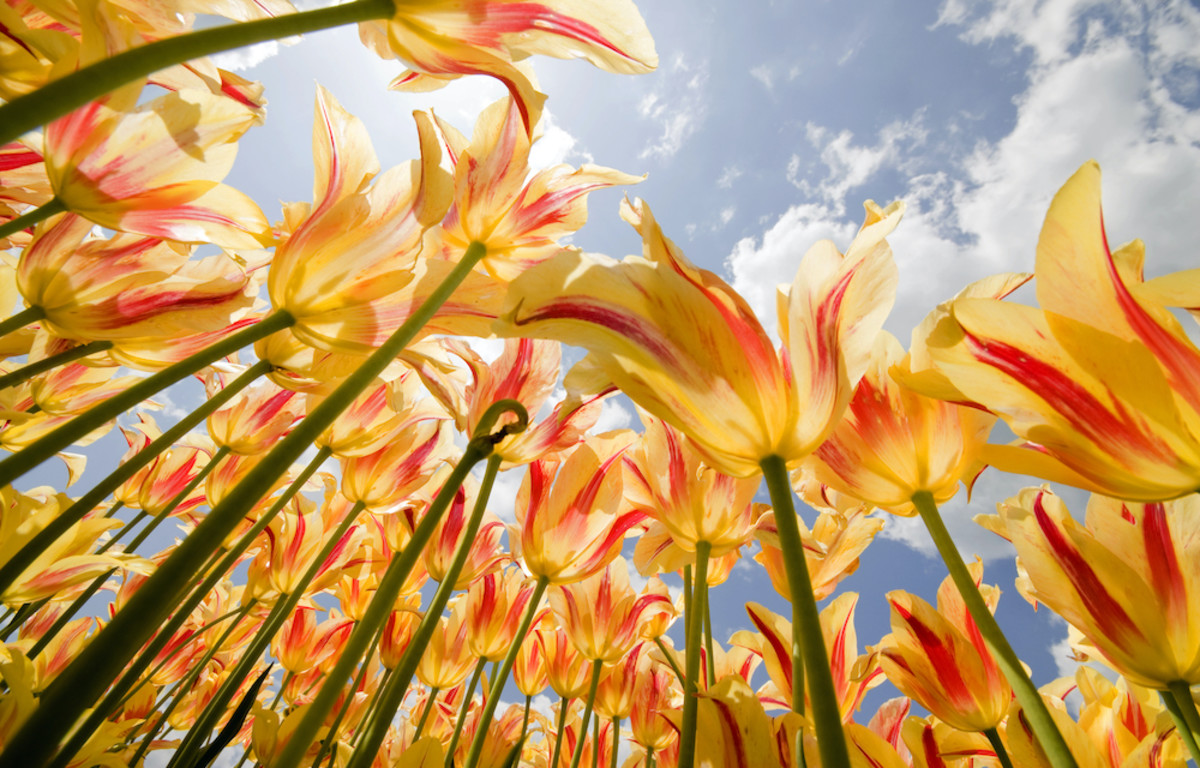
first day of spring 2024,vernal equinox
The eagerly awaited transition from winter to spring brings forth the vernal equinox, a celestial event marking the onset of a new season. Scheduled to occur on March 20th, 2024, the first day of spring heralds longer days, rejuvenated landscapes, and a sense of renewal. Understanding the significance of this event enriches our appreciation for the changing seasons and the marvels of the natural world.
Spring is a season of renewal, a time when nature awakens from its winter slumber. Flowers burst into vibrant hues, birdsong fills the air, and days stretch longer, inviting us to spend more time outdoors. But when exactly does spring begin? The answer, like many things in science, is a bit more nuanced than a simple calendar date. This is where the vernal equinox comes in, marking the astronomical start of spring in the Northern Hemisphere.
The Vernal Equinox: A Balancing Act
The first day of spring in 2024 falls on March 20th, aligning with the occurrence of the vernal equinox. This date marks a pivotal moment in the Earth’s orbit around the Sun, heralding the arrival of a season characterized by blooming flowers, warmer temperatures, and the awakening of dormant life forms.
The word “equinox” comes from the Latin words “aequus” (equal) and “nox” (night). So, on the equinox, day and night are roughly equal in length – around 12 hours each. This phenomenon occurs twice a year: once in spring (vernal equinox) and again in fall (autumnal equinox). The dates of these equinoxes aren’t fixed on the calendar, but they typically fall around March 20 or 21 for the vernal equinox and September 22 or 23 for the autumnal equinox.
Why does this happen? It all boils down to Earth’s tilt on its axis and its journey around the Sun. Our planet isn’t perfectly upright; it’s tilted at an angle of about 23.5 degrees. This tilt is what gives us our seasons. During the vernal equinox, the Earth’s equator is tilted neither towards nor away from the Sun. The Sun’s rays hit the equator directly, creating a near-even balance of daylight and darkness across the globe.
The Vernal Equinox vs. Meteorological Spring
There’s a slight difference between the astronomical start of spring, marked by the vernal equinox, and meteorological spring, used by meteorologists and climatologists. Meteorological seasons are based on a three-month temperature cycle, making record-keeping easier. So, meteorological spring in the Northern Hemisphere always begins on March 1st and lasts until May 31st.
This means that depending on where you are in the Northern Hemisphere, you might already be experiencing some spring-like weather by the time the vernal equinox rolls around. But the equinox serves as a celestial marker, reminding us that spring has officially arrived from an astronomical standpoint.
Celebrating the Vernal Equinox Around the World
For many cultures, the vernal equinox has held significance for centuries. It’s a time of celebration, renewal, and reflection. Here are a few examples:
- Newroz: This ancient Persian festival, celebrated on the vernal equinox, marks the beginning of spring and the Iranian New Year. People gather for feasts, light bonfires, and jump over them to symbolize purification.
- Holi: The vibrant Hindu festival of Holi, also known as the Festival of Colors, often coincides with the vernal equinox. People throw colored powder and water at each other, symbolizing the triumph of good over evil and the arrival of spring.
- Ostara: In pagan traditions, the spring equinox is known as Ostara, a time to celebrate fertility, the return of light, and the awakening of the Earth. Bonfires are lit, eggs are decorated, and seeds are planted in anticipation of a bountiful harvest.
Beyond the Basics: The Science Behind the Vernal Equinox
The vernal equinox is more than just a day with equal day and night. Here are some additional scientific tidbits:
- The Wobble: Earth’s axis isn’t perfectly stable. It wobbles slightly over a long period, about 26,000 years. This wobble affects the exact date and time of the equinoxes, causing them to shift very slowly over time.
- The Length of Day Variation: While the vernal equinox strives for a perfect 12 hours of daylight and darkness, it’s not always that precise. Atmospheric refraction, the bending of sunlight as it enters the Earth’s atmosphere, can slightly extend daylight hours on either side of the equinox.
Spring Forward: Embracing the Vernal Equinox
The vernal equinox is a reminder that change is inevitable, and new beginnings are always on the horizon. Whether you celebrate it with a traditional festival or simply take a moment to appreciate the lengthening days and blooming flowers, the vernal equinox is a chance to reconnect with nature and embrace the beauty of spring.

